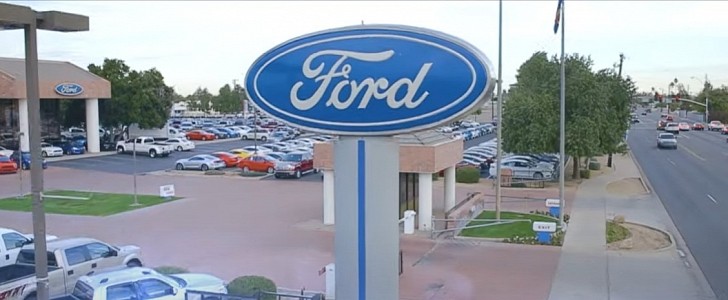It's not getting any cheaper for car buyers in the U.S. to get behind the wheel of a new car. Despite record-high average prices expected in August and the high cost of money, sales increased almost 5% from August 2021.
JD Powers expects August's new vehicle transaction prices to hit $46,259 (46,160 euros), the highest average on record and up 11.5% from 2021. Buyers will spend over $45 billion (44.9 billion euros) on new vehicles in August, the second highest amount in history and up 13% from last August.
The month of August is typically a month where automakers offer incentives to clear out dealer inventories to make room for the next model year's cars and trucks. This year is quite different with inventory levels lagging behind the strong demand for new vehicles. As a result, manufacturers have pulled back incentives for buyers which equates to higher profits for manufacturers and dealers alike.
Incentives will fall under $1,000 (997 euros) for the fourth consecutive month in August and almost half of those offered in 2021 to $969 (966 euros).
I have written before on Autoevolution about Americans' love of car payments and the numbers reflected by JD Powers show they will be paying a new all-time high amount, eclipsing July's record-breaking number. The average monthly payment in July surpassed $700 (698 euros) for the first time in history and the August average is on pace to hit $716 (714 euros).
The increase in monthly payments would be even greater if not for the strength of the used car market. Higher trade-in values increase the equity buyers are bringing to the transaction table. The average trade-in value is expected to be over $10,000 (998 euros), up over 37% from a year ago.
One has to wonder about how giddy the automakers must be about the development of demand-based sales that is taking place; though it is based on the supply crunch, it does not seem to be a bad gig for the automakers. A significant number of cars are sold before they even reach dealer lots. In addition, 55% of those automobiles reaching dealers are sold within 10 days. The average number of days a vehicle sits on a lot is projected to be 20, a reduction of five days from last year.
Just maybe the CFOs of the mass market manufacturers are taking a good look at the economics playing out and how they can adapt and massage the model into a viable plan once the supply chain issues are resolved.
The month of August is typically a month where automakers offer incentives to clear out dealer inventories to make room for the next model year's cars and trucks. This year is quite different with inventory levels lagging behind the strong demand for new vehicles. As a result, manufacturers have pulled back incentives for buyers which equates to higher profits for manufacturers and dealers alike.
Incentives will fall under $1,000 (997 euros) for the fourth consecutive month in August and almost half of those offered in 2021 to $969 (966 euros).
I have written before on Autoevolution about Americans' love of car payments and the numbers reflected by JD Powers show they will be paying a new all-time high amount, eclipsing July's record-breaking number. The average monthly payment in July surpassed $700 (698 euros) for the first time in history and the August average is on pace to hit $716 (714 euros).
The increase in monthly payments would be even greater if not for the strength of the used car market. Higher trade-in values increase the equity buyers are bringing to the transaction table. The average trade-in value is expected to be over $10,000 (998 euros), up over 37% from a year ago.
One has to wonder about how giddy the automakers must be about the development of demand-based sales that is taking place; though it is based on the supply crunch, it does not seem to be a bad gig for the automakers. A significant number of cars are sold before they even reach dealer lots. In addition, 55% of those automobiles reaching dealers are sold within 10 days. The average number of days a vehicle sits on a lot is projected to be 20, a reduction of five days from last year.
Just maybe the CFOs of the mass market manufacturers are taking a good look at the economics playing out and how they can adapt and massage the model into a viable plan once the supply chain issues are resolved.


